-
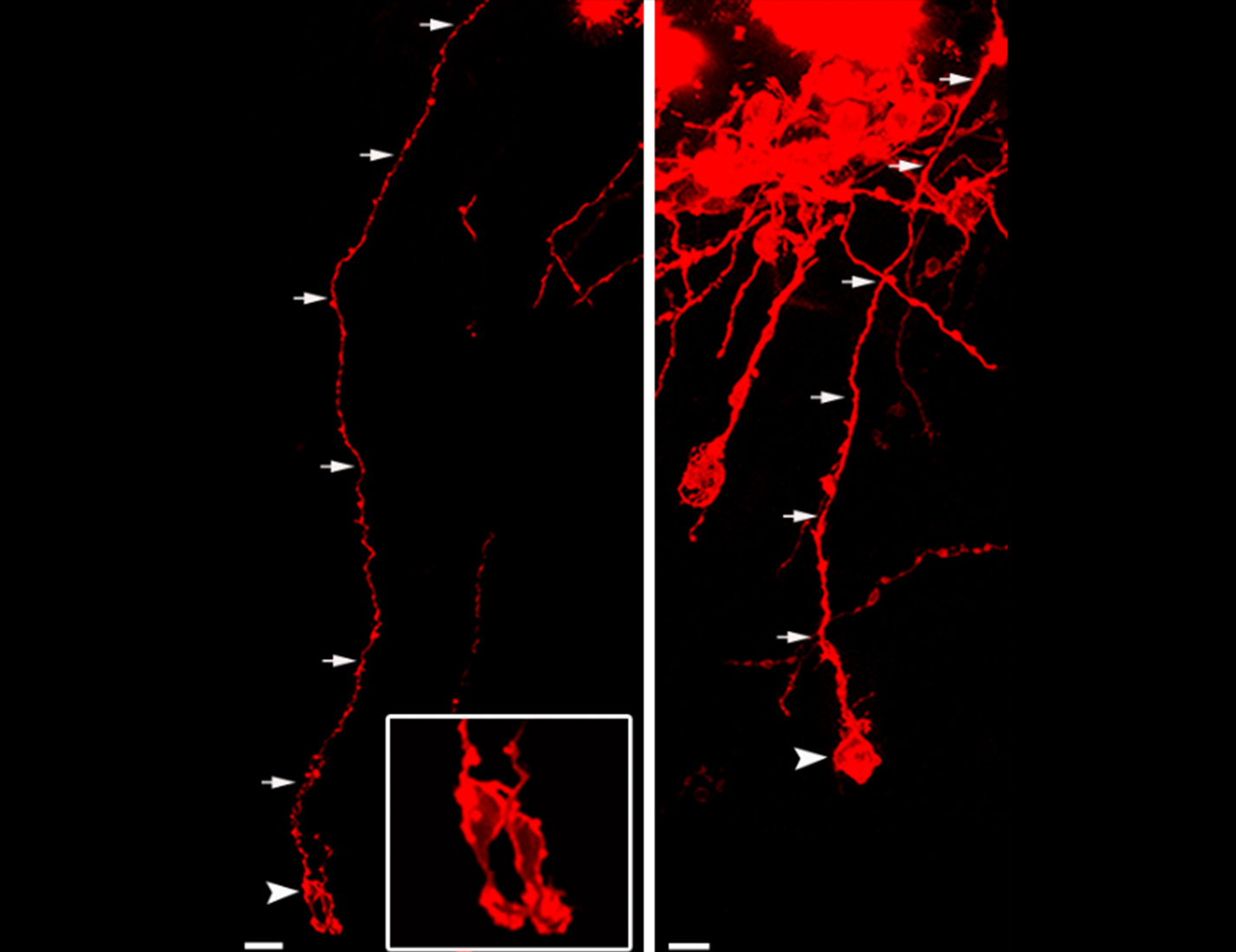
Neural Stem Cell
Neural stem cells play important roles in human CNS development, which proliferate and give rise to offspring cells that differentiate into neurons and glial cells. A large increase in the number of neurons is a cellular basis for the enlargement of the thickness of the human cerebral cortex. Our research focuses on the diversity of the neural stem cells and how neural stem cells and their subtypes play roles in building up the brain function and how they contribute to the brain size and structure evaluation in humans.
PUBLICATION ON Neural Stem Cell -
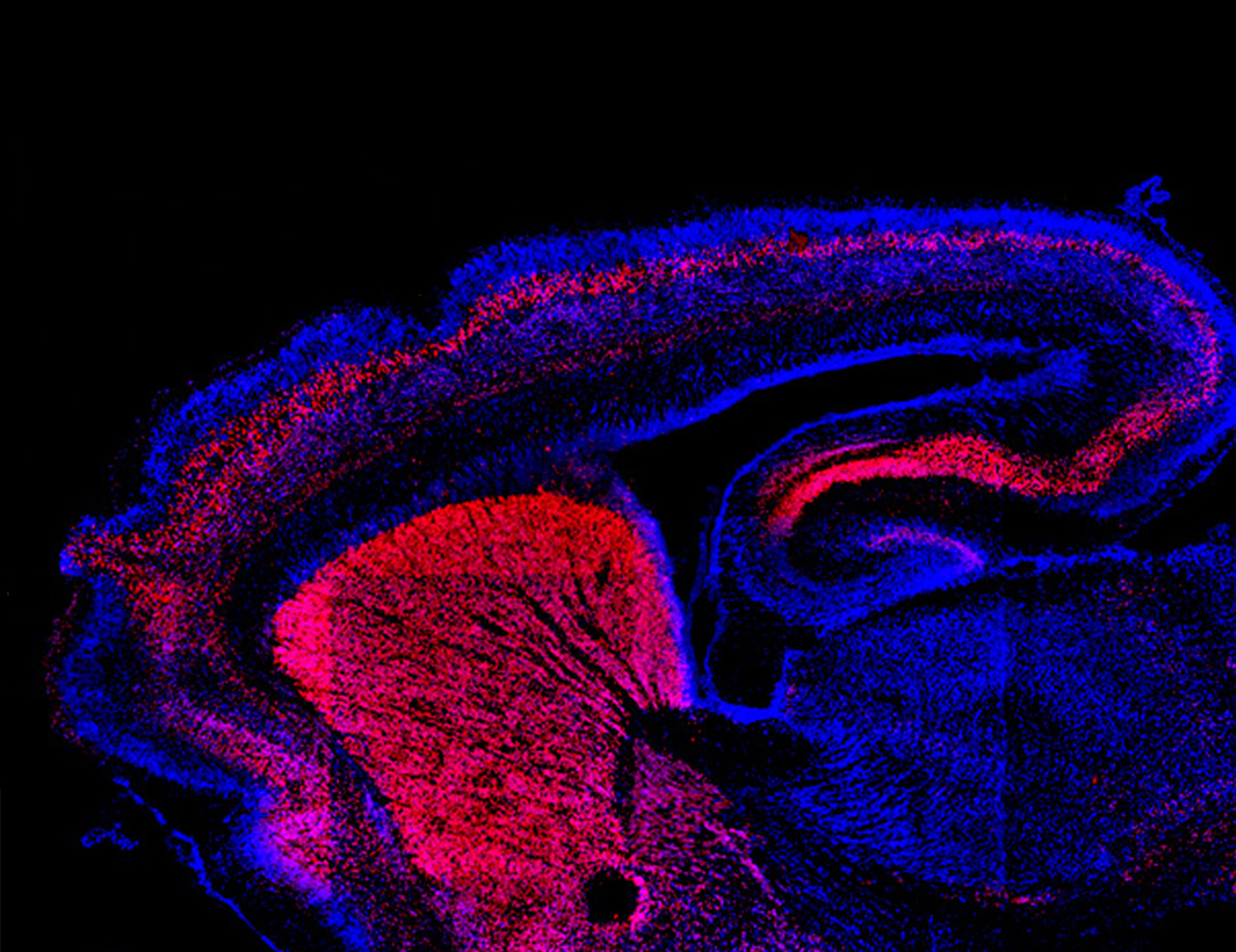
Development
We aim to decipher the cell lineages and the molecular mechanisms that contribute to development and aging of the nervous system. By using single-cell multiomic technologies and different animal models, we study the cell lineage, cell type diversity and interactions between different cell populations in tissue during development. We also try to understand the molecular regulations of cell fate determination during development.
PUBLICATION ON Development -
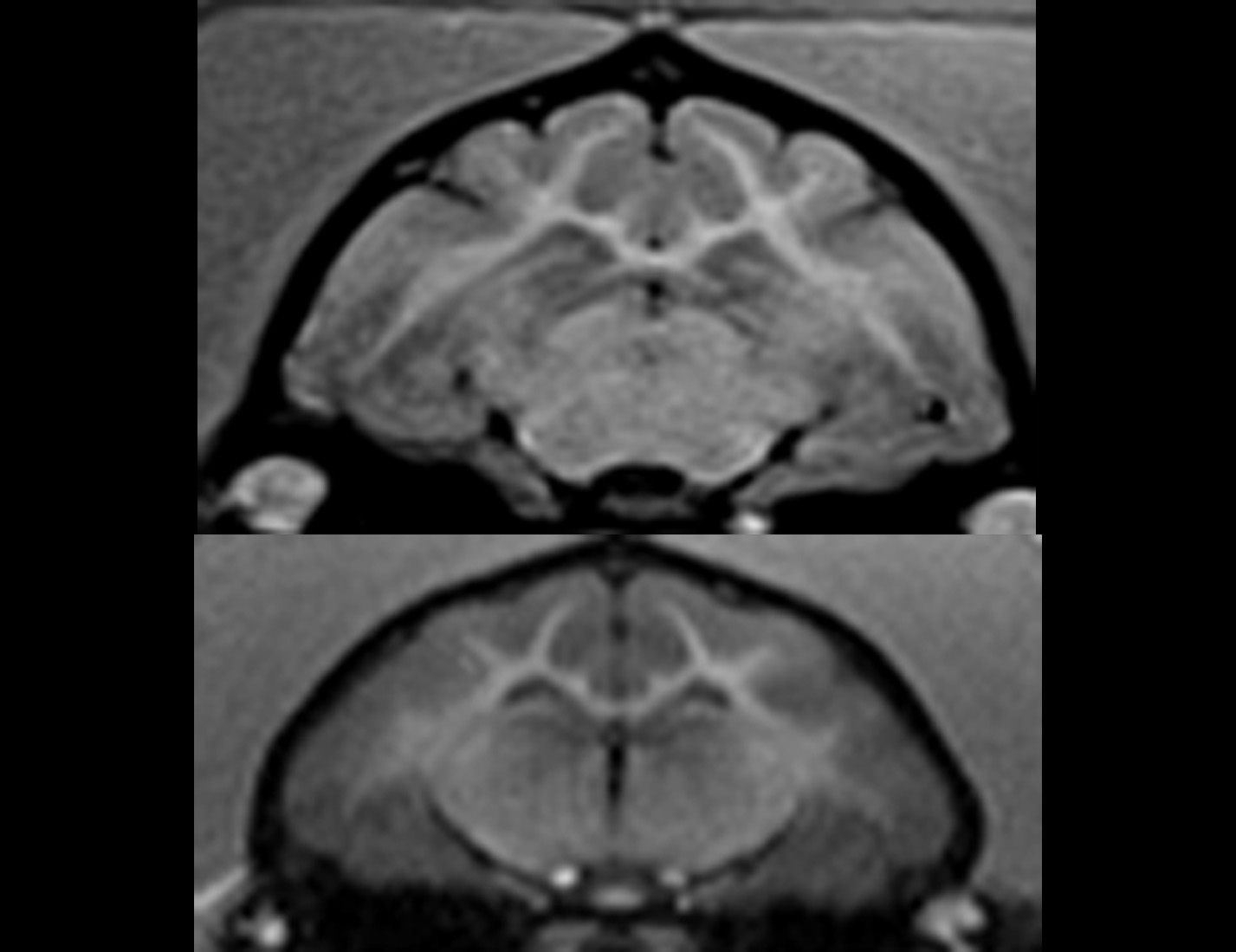
Disease
There are a variety of neurological diseases, and we focus on neurodevelopmental and neurodegenerative diseases, such as, microcephaly, lissencephaly, autism spectrum disorder, etc. Using brain organoids, animal models, patch-clamp and single-cell RNA-sequencing technique, we investigate the cellular changes, cell-cell interactions, genes, signaling pathways, regulatory modules that play roles in the pathogenesis of neurological diseases, providing new strategies for the treatments of diseases.
PUBLICATION ON Disease -
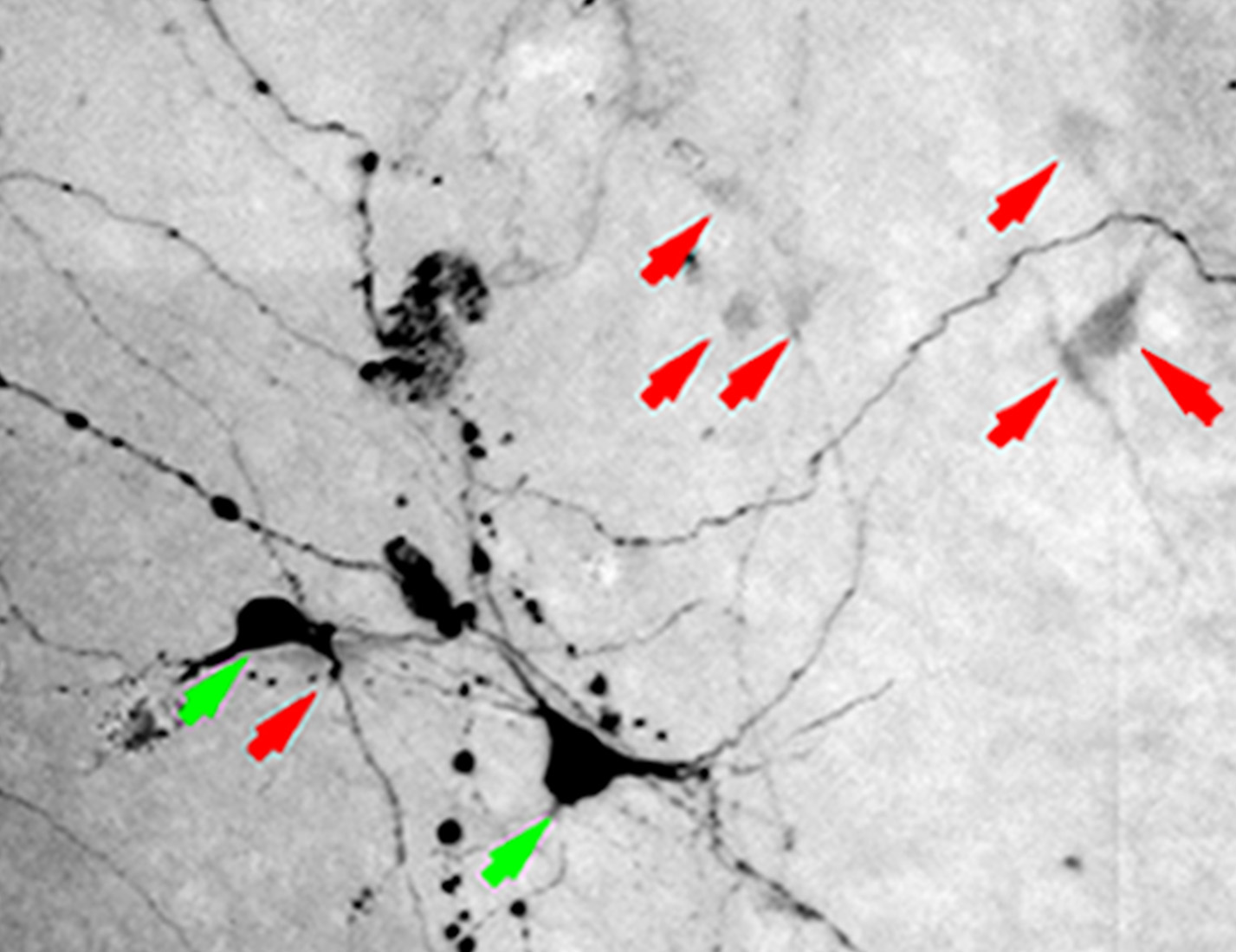
Neural Circuits
We aim to investigate how neural circuits form during brain development. With the completion and mature of the laminar structure of the cortex, the neural networks gradually form. We use in-vivo calcium imaging by two-photon microscope or endoscope and electrophysiological techniques to systematically illustrate the basic laws and molecular mechanisms of the development of neural circuits in the brain.
PUBLICATION ON Neural Circuits -

Animal Model
The animal models are the powerful tools to study the development of nervous system and neurological disorders and diseases. Although the classical mouse model has many advantages, it still shows the limitation for the studies on brain development. For example, rodents are not gyrencephalic species. We have set up a research platform to use ferrets and Chinese tree shrews as animal models to study brain development and neurological diseases. Additionally, we also use non-human primates to investigate the development and aging of the nervous system.
PUBLICATION ON Animal Model -
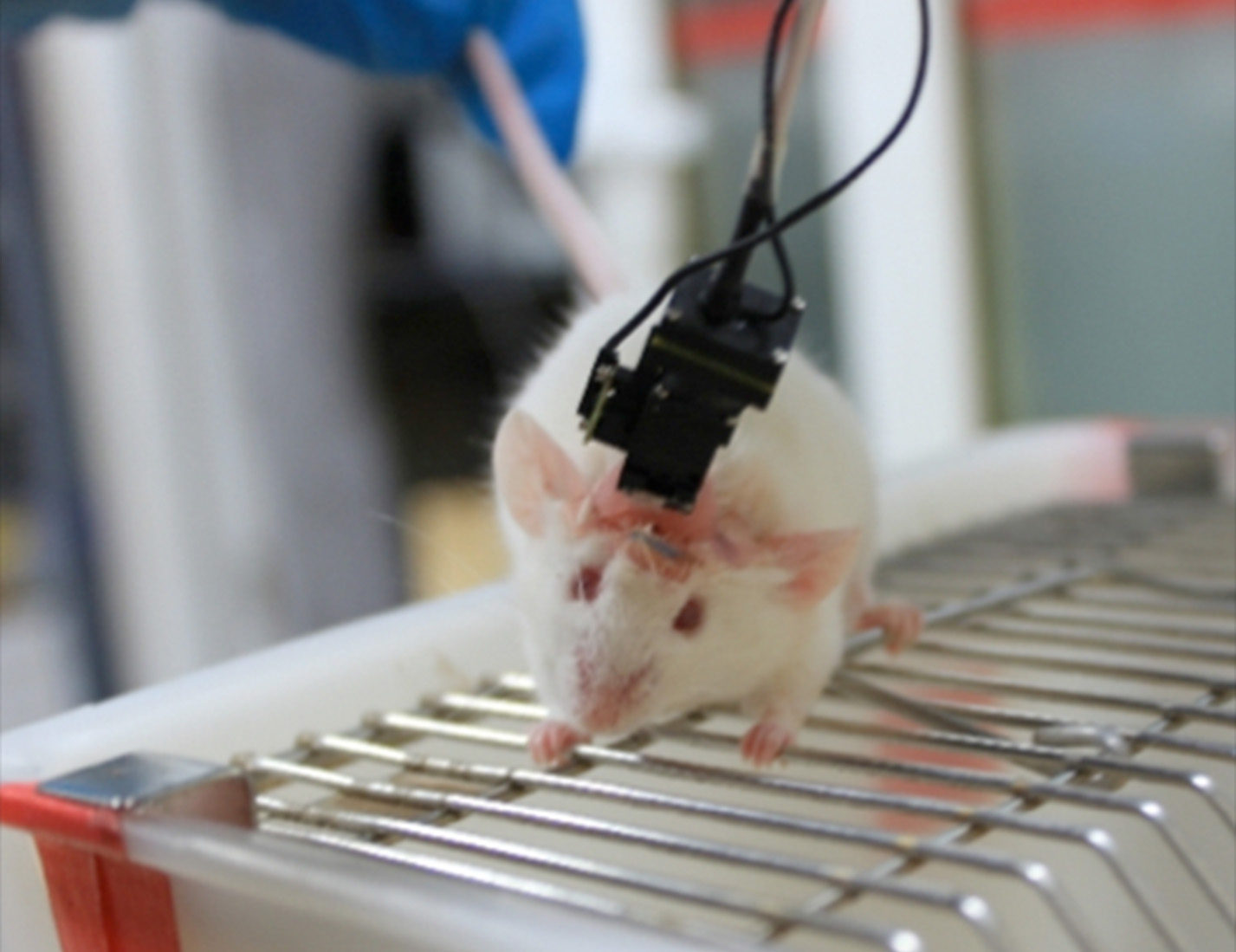
Technology
Human brain is the most complex organ that contains numerous specialized cells with differences in morphological, physiological and molecular properties. One research direction of the lab is to develop new techniques to further understand the cell lineages and the gene regulatory networks of brain development as well as how functional circuits are built up and regulated. We have developed the vascular brain organoid culture system, which not only serves as a model for studying human cortical development but also may provide new potential therapeutic strategies to treat complex brain disorders or injuries.
PUBLICATION ON Technology

